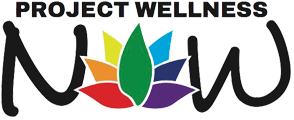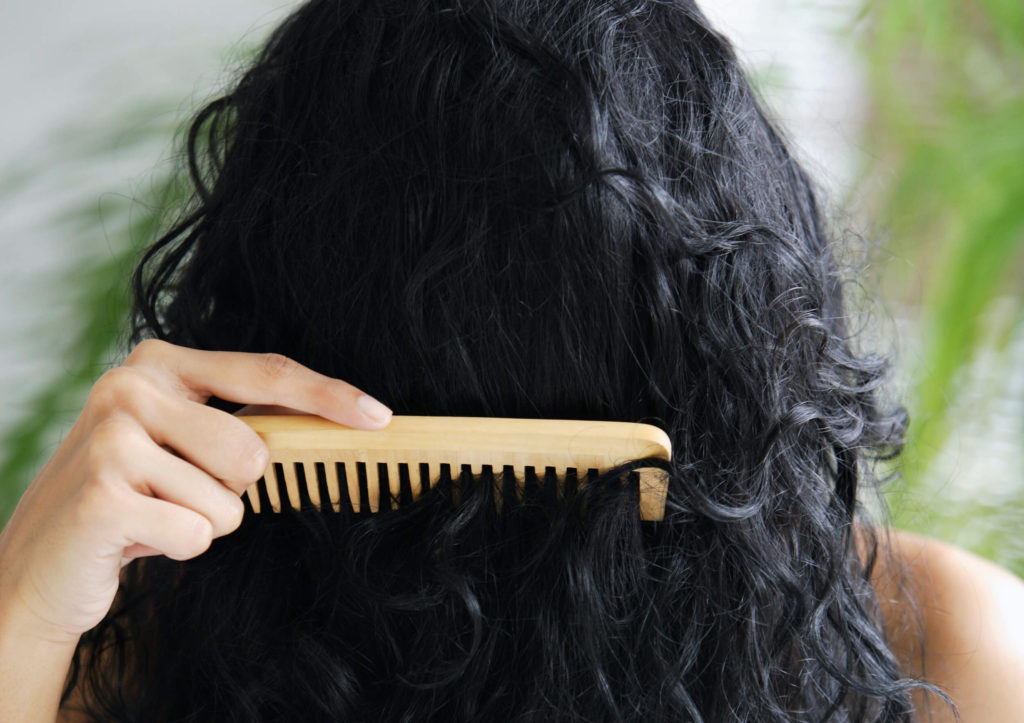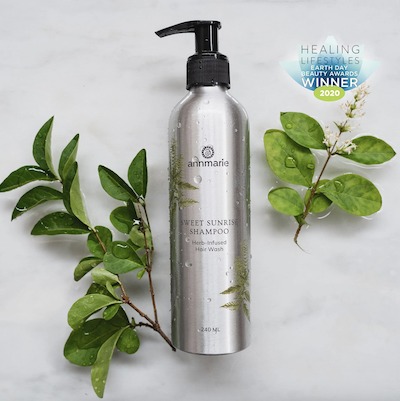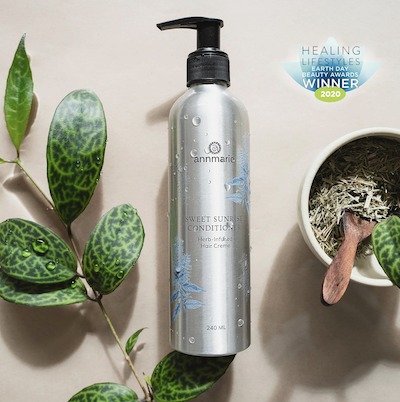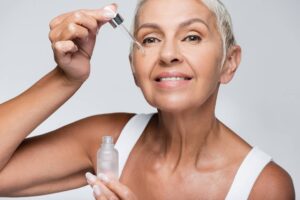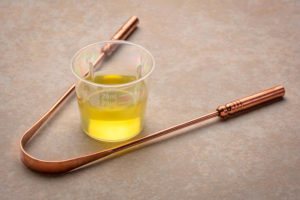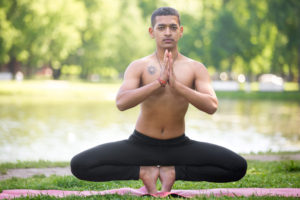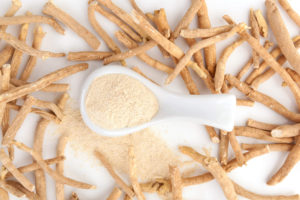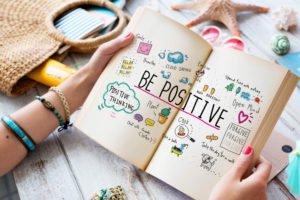Much to their collective horror, women are learning about the dangers of toxins in their beauty supplies. Thanks to organizations like the Environmental Working Group (EWG) with their cosmetics database, it’s now possible to look up virtually any beauty product and find out about the toxicity of the ingredients contained within.
But there’s one area of beauty that’s relatively unchanged, even with consumer awareness levels about toxins at an all-time high. There’s one area where women (and men) are continuing to dump chemical-laden products onto and into their bodies on a regular basis: hair color.
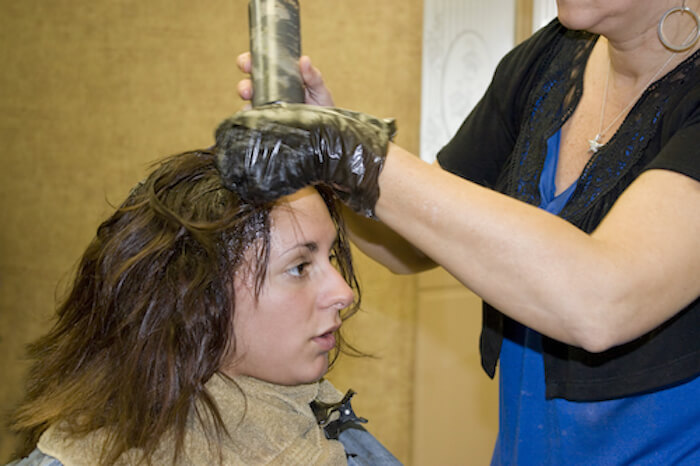
The Shocking Toxicity of Traditional Hair Coloring Products
In a world that’s more saturated in toxins every year, hair dyes stand out as some of the worst offenders in the beauty industry. Long-term exposure to these dyes may cause lymphoma and has been linked to cancer.
Chemical dyes are not only terrible for your body, but they’re also pretty rough on your scalp, too. Far from adding to luster, strength, and shine, they leave curls drier, duller, and more prone to damage.
Why Don’t Hair Salons Offer a True Alternative?
But their ubiquitous use, plus the universal desire to change the color of one’s hair, strip away the urgency for change. Try an experiment: ask any salon owner if there are gentler ways of coloring the hair. Some will roll their eyes behind your back but others, who are savvier to consumer trends, may offer an alternative.
But the gentleness of their alternatives is relative. They may offer a low-peroxide or low-PPD alternative, but it will still strip the hair and dry it out, not to mention expose your body to harmful chemicals.
Many salon owners, in fact, don’t even know about the 100% toxin-free way. But if they did, they still wouldn’t offer it on their salon menu.
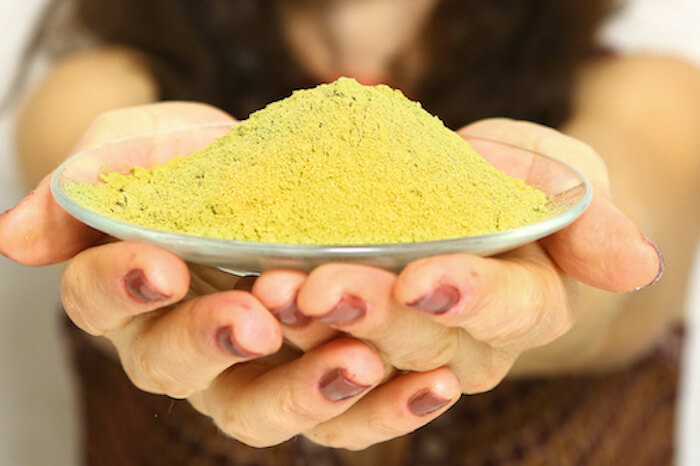
Hello, Henna!
The 100% toxin-free way to color hair is henna. A plant (Lawsonia inermis), henna is a safer way to color hair. It’s just dried, powdered leaves mixed with an acidic liquid like lemon juice or vinegar, so it’s all-natural, too.
Dyeing with henna is not only safer, but it’s also actually good for the hair. It leaves it shiny, soft, and voluminous because it acts as a natural conditioner, protecting and adding shine. In fact, women in India have been applying monthly ‘henna packs’ to their hair for centuries as a way of increasing glossiness and repairing damaged hair.
Orange Hair? Not if You Don’t Want It
The number one objection that most people have to henna is actually based on a false myth. People mistakenly believe that the only color they’ll achieve from henna is an orangey red. Not true!
To avoid the brassy color that can result from using pure henna, lots of people mix henna with indigo. Indigo is another plant used to dye all sorts of things, including hair. Henna and Indigo together will create colors ranging from light brown to nearly black.
It goes without saying that henna color will be different depending on what color hair it’s covering.
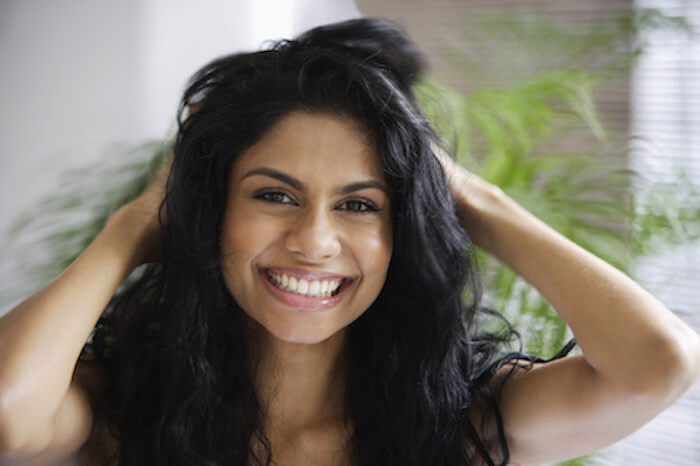
Ready to Go Chemical-Free?
If you’d like to try henna for coloring your locks, it’s very important to be sure you’re buying the right product. Pre-mixed, boxed henna hair dyes often come with other additives and feature low-quality henna that will not treat your hair right or make it look good.
The key is to purchase Body Art Quality henna. This is the type used by henna tattoo artists (NOT black henna!) and comes in powder form. You mix it yourself, blend it with Indigo if you like, and apply it at home. Every person’s hair is different, so you’ll have to experiment a bit to find the mix that’s right for you.
If the health benefit of henna doesn’t change your mind, maybe the way it adds shine and volume to your ringlets will finally convince you to take the plunge. Try it and see what you think. You know your hair will love it!
YOU MAY ALSO LIKE:
HYALURONIC ACID’S VERSATILITY IN TARGETING SKINCARE CONCERNS
Hyaluronic acid has long been a staple ingredient in skincare products, popular for its hydrating properties. Recent innovations have allowed it…
HEALTH BENEFITS OF OIL PULLING
Oil pulling is an ancient Ayurvedic remedy procedure. It is simple and cost-effective. It may help a wide variety of health…
MASTERING YOUR BRAIN=ABUNDANCE
Your brain – that three-pound hunk of matter located between your ears – is the most sophisticated, complex, and miraculous piece…
MOOLA BANDHA: AWAKENING THE CORE OF OUR SUBTLE BODY
If you’ve been practicing yoga for a while, then you may already have heard about the bandhas – moola bandha, uddiyana…
ASHWAGANDHA – A POWERFUL ADAPTOGEN
Ashwagandha is a powerful adaptogenic herb employed in western Ayurvedic medicine to restore balance, strengthen the immune system, and aid well-being….
NATURAL HEALING AND THE POWER OF POSITIVE THINKING
We are in an age when the mind-body connection is being increasingly explored. Often looked at as a negative, the “placebo…
